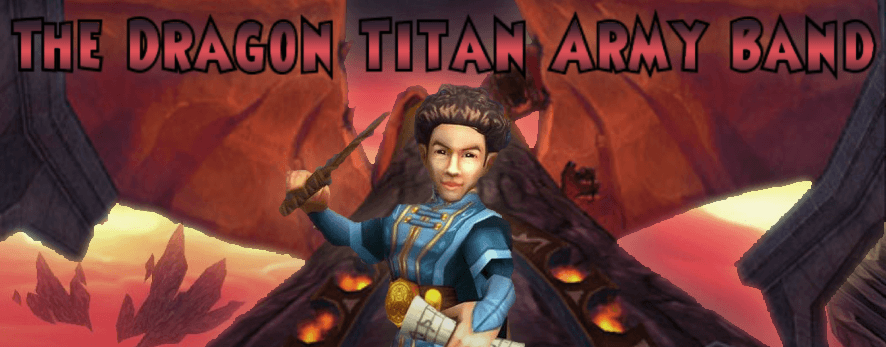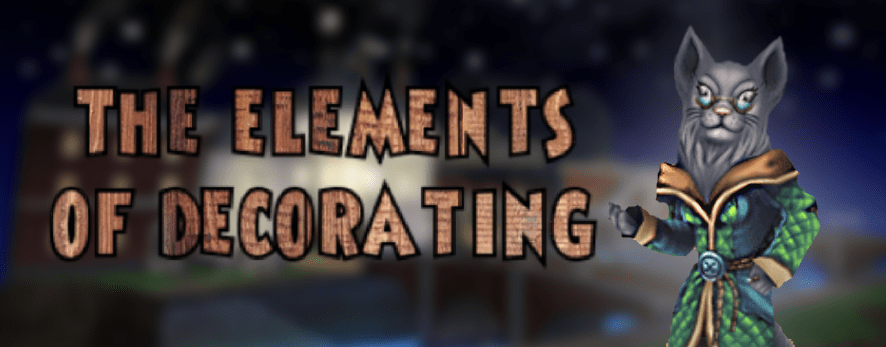Tag: 4
-

The Dragon Titan Army Band
•
Intended for Musician and Non-Musician Alike “Things started turning darker. Kingsisle were talking about dark and epic Mordor Wagner ‘Flight of The Valkyries’ in The Ring Cycle. I am looking at concept art and the NPC characters had Russian military influence; All the architecture was darker – more foreboding.” –…
